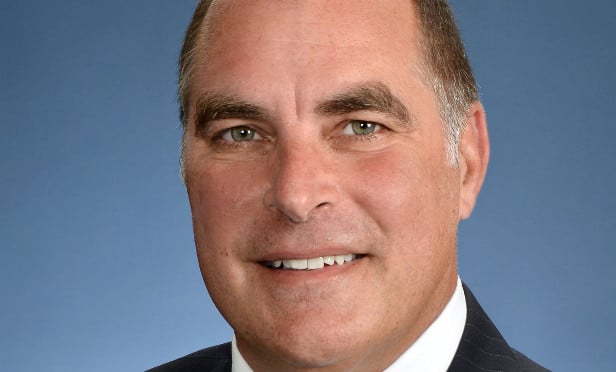IRVINE, CA—Growth in the fitness segment of retail is indicative of a greater consumer trend that centers on living a healthy life in general as these fitness brands see opportunities to backfill vacant space, Avison Young principal Keith Kropfl tells GlobeSt.com. The firm recently negotiated four new Southern California leases totaling 157,000 square feet with 15-year terms on behalf of 24 Hour Fitness in the Orange County cities of Santa Ana, Huntington Beach and Fullerton, as well as one Riverside County lease in Riverside. We spoke exclusively with Kropfl about the gym/fitness sector, its impact on retail space and where this trend is heading.
GlobeSt.com: Why has the gym/fitness sector of retail become so strong recently?
Recommended For You
Want to continue reading?
Become a Free ALM Digital Reader.
Once you are an ALM Digital Member, you’ll receive:
- Breaking commercial real estate news and analysis, on-site and via our newsletters and custom alerts
- Educational webcasts, white papers, and ebooks from industry thought leaders
- Critical coverage of the property casualty insurance and financial advisory markets on our other ALM sites, PropertyCasualty360 and ThinkAdvisor
Already have an account? Sign In Now
*May exclude premium content© 2025 ALM Global, LLC, All Rights Reserved. Request academic re-use from www.copyright.com. All other uses, submit a request to [email protected]. For more information visit Asset & Logo Licensing.









